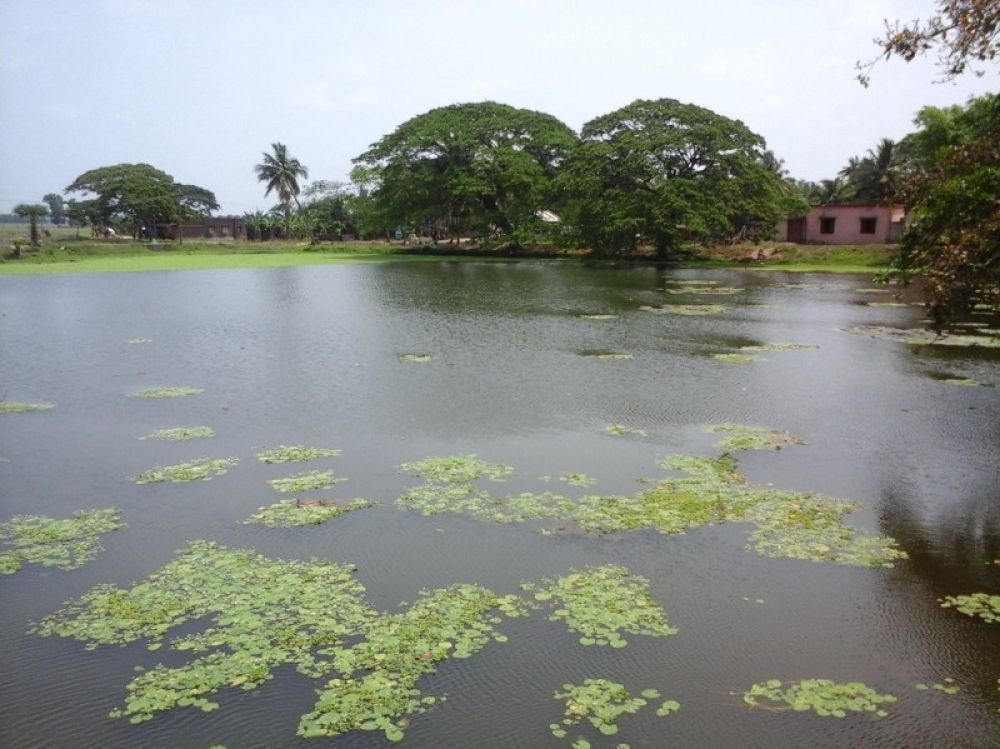

Located in the eastern state of Odisha in India, Kuruma is a small village known for its archaeological relevance and proximity to the Sun Temple in Konark. Historically, Kuruma was not a well-known tourist destination in comparison to its illustrious neighbor—the Sun Temple in Konark. However, its significance has been recognized due to excavations and studies conducted by archaeological surveys.
The history of tourism in Kuruma can be understood through the history of the Sun Temple in Konark, a UNESCO World Heritage Site. The grandeur of the temple, built in the 13th century by King Narasimhadeva I of the Eastern Ganga Dynasty, has attracted visitors and pilgrims for centuries. The intricate carvings and architectural brilliance make it one of India's most iconic historical sites.
It was only in the latter half of the 20th century that Kuruma came into the limelight when the Archaeological Survey of India (ASI) conducted excavations in the region. These excavations unearthed remnants of Buddhist heritage including statues of Buddha, possibly dating back to the 9th to 11th centuries AD. This discovery suggested a historical linkage between Buddhism and the region, making it an intriguing site for tourists interested in history and archaeology.
With the recognition of the site's importance, efforts were made to promote tourism in Kuruma. The Odisha Tourism Development Corporation (OTDC) included Kuruma in its cultural tourism circuit, encouraging visitors to explore the ancient Buddhist heritage alongside the splendors of the Sun Temple at Konark.
In recent times, there has been a focus on sustainable and eco-friendly tourism in Odisha. Efforts to preserve the archaeological sites, alongside providing amenities that do not disturb the local ecology, have been emphasized. Cultural tourism has also seen a rise, with visitors showing greater interest in local traditions, cuisines, and handicrafts, which has benefited the communities in and around Kuruma.
Moreover, events like the annual Konark Festival, which showcases classical dance forms, and the Sun Festival (also known as Magha Saptami), have continued to draw tourists. These festivals not only highlight the richness of the region's culture but also bring in a multitude of visitors both domestically and from abroad. The integration of these cultural programs with tourism has become a significant trend in recent years.
While Kuruma, Konark, may not have started as a tourist hotspot, its historical and cultural significance has been increasingly recognized. Through careful preservation and promotion of its archaeological and cultural heritage, Kuruma is now firmly on the map as a destination of interest for those traveling to Odisha, India.